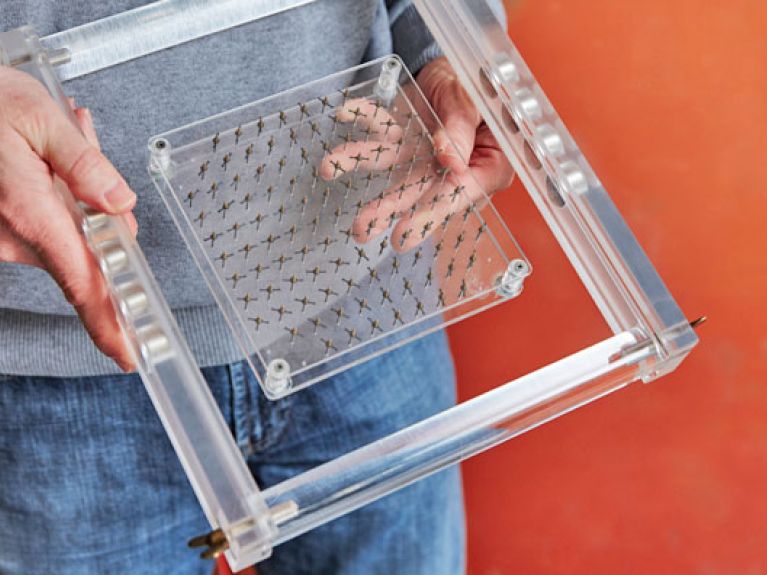The European Inventor Award
German researchers have good prospects of winning the European Patent Office’s prize for especially important innovations.

Setting off to distant shores: inventors look boldly ahead and are not afraid of venturing into the unknown. It is therefore only appropriate that the winners of the European Inventor Award receive a trophy in the shape of a sail. This year the European Patent Office is honouring especially innovative inventors with this trophy for the tenth time. The prize is awarded in five categories: Industry, Research, Lifetime Achievement, Small and Medium-sized Enterprises (SMEs) and Non-European Countries. The finalists also include researchers from Germany.
Bernhard Gleich, Jürgen Weizenecker and their team at the Philips Research Laboratory in Hamburg have good prospects in the Industry category. The two physicists have developed a new medical diagnostic method called Magnetic Particle Imaging (MPI) that gives doctors real-time three-dimensional images of tumours and vascular diseases during an examination. MPI could make it possible, for example, to detect arterial blockages earlier and thereby prevent their effects: today, coronary heart disease is one of the main causes of death and disability in industrialised countries.
Using MPI involves two steps. Before the examination, the patient swallows a liquid containing minute magnetic particles. Afterwards, a magnetic field is created that makes it possible to detect the particles. The particles are then stimulated, and special 3D software creates spatial images of the body. The technique could be used not only in medicine, but also in the material sciences, for example, to detect cracks and breaks in structures.
A lifetime of work for road safety
Anton van Zanten is another one of the finalists for the 2016 European Inventor Award. The engineer, who studied in the Netherlands and the USA before beginning a successful career at the German technology company Bosch, has been shortlisted in the Lifetime Achievement category. Some of the inventions developed by the 75-year-old in the field of car safety are now standard fittings in all new cars.
At Bosch, van Zanten initially worked with a research team on the Antilock Braking System (ABS), which eventually paved the way for the Electronic Stability Program (ESP). Van Zanten took the wheel himself during many of the tests carried out on icy roads. However, these braking systems were certainly not his own achievements: over 180 patents have been registered in his name. “You only become an inventor if you are dissatisfied,” says van Zanten. “If you’re satisfied with everything, you don’t have the urge to make anything new.”
Presentation of the European Inventor Award on 9 June 2016 in Lisbon

